The OSRIC Ruleset
The Old School Reference and Index Compilation (OSRIC) is a comprehensive set of rules designed to recreate the experience of old-school fantasy role-playing games from the late 1970s to early 1980s. Developed to ensure the preservation and continuation of these classic gaming mechanics, OSRIC serves as both a rulebook and a reference tool for players and publishers alike. Creatures & Chronicles references these rules with a collection of homebrew changes and additions. Familiarizing yourself with the OSRIC rules will be to your benefit.
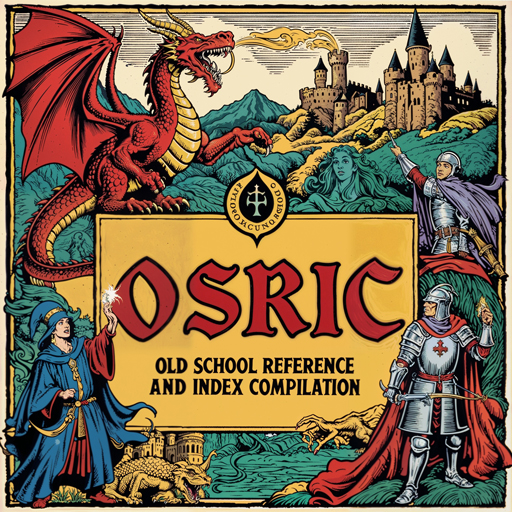
Introduction
OSRIC serves as a gateway to the old-school style of tabletop RPGs, providing a framework for running campaigns reminiscent of early editions of the world's most popular role-playing game. Whether you're a seasoned veteran or a newcomer to tabletop RPGs, OSRIC offers a rich and rewarding experience.
Created to preserve the mechanics and feel of early tabletop RPGs, OSRIC is highly regarded in the RPG community for its dedication to authenticity. The ruleset is designed to be compatible with most adventures written for early editions, making it a versatile choice for any campaign.
OSRIC stands as a tribute to the origins of tabletop role-playing games, providing a robust and authentic ruleset that both honors and revitalizes the classic gaming experience. Whether you are a new player embarking on your first adventure or a veteran seeking to relive the glory days of early RPGs, OSRIC offers a rich and rewarding framework for all your gaming needs.
For me, this OSR rule set embodies how fantasy RPGs are truly meant to be played and felt. It is challenging, where mistakes can have deadly consequences. Characters will perish if every move is not carefully considered. Monsters are ruthless, and experience is hard-earned, making progress feel gradual but immensely rewarding. This makes the journey long and filled with excitement, danger, action, and the joy of hard-won victories. It is a game that tests your mettle and strategy, capturing the essence of epic adventures and the thrill of surviving against the odds.
If you are looking for an easy game that guides you to victory or a fast-paced game with little resistance, this is not the game for you. But if you desire a slower-paced experience, akin to a relaxed game of chess with advanced features, where you can lean back in a good chair with a cold beverage, pondering your next move or dialogue choice, then welcome. Welcome to Creatures & Chronicles.
Purpose and Significance
OSRIC was created to allow old-school publishers, both commercial and fan-based, to reference a common set of rules without infringing on any copyrighted materials. By compiling the non-copyrightable numerical algorithms and rules into an open license format, OSRIC provides a legal framework for the creation and distribution of compatible gaming content. This initiative has revived the interest in first edition gameplay, making it accessible to a new generation of players and game masters.
The goal of OSRIC is to emulate the feel of early tabletop RPGs, which emphasized creativity, strategy, and immersion. These early games laid the foundation for the modern role-playing game industry, and OSRIC aims to capture the essence of this formative period. By adhering to the principles and mechanics of the original games, OSRIC maintains the integrity and authenticity of the old-school gaming experience.
The significance of OSRIC in the RPG community cannot be overstated. It has provided a common ground for publishers and players to create and enjoy content that stays true to the spirit of the original games. This has led to a resurgence of interest in old-school gaming, with new adventures and supplements being developed that are fully compatible with the OSRIC ruleset.
Historical Context
The development of OSRIC was driven by a desire to emulate the feel of early tabletop RPGs, which emphasized creativity, strategy, and immersion. These early games laid the foundation for the modern role-playing game industry, and OSRIC aims to capture the essence of this formative period. By adhering to the principles and mechanics of the original games, OSRIC maintains the integrity and authenticity of the old-school gaming experience.
The late 1970s and early 1980s were a golden age for tabletop role-playing games. It was during this time that some of the most influential RPG systems were developed, setting the standards for game design and play that are still relevant today. OSRIC draws heavily from these original systems, preserving their mechanics and spirit while providing a modern framework for gameplay.
By studying and incorporating the elements that made early RPGs so compelling, OSRIC offers players a chance to experience the excitement and depth of classic role-playing games. This historical approach ensures that the game mechanics are both challenging and rewarding, encouraging players to think strategically and creatively.
Target Audience
OSRIC is designed for both new players and experienced veterans of tabletop RPGs. For newcomers, it offers a structured and detailed introduction to the core mechanics and principles of old-school gaming. For seasoned players, it provides a comprehensive reference that supports advanced gameplay and campaign development. The ruleset is also invaluable for publishers and content creators who wish to develop compatible adventures and supplements.
New players will find that OSRIC provides a clear and accessible path into the world of tabletop RPGs. The rules are well-organized and explained in detail, making it easy to understand the basics of character creation, combat, and magic. With OSRIC, new players can quickly get started on their first adventure, learning as they go.
For experienced players, OSRIC offers a rich and detailed ruleset that allows for deep and complex gameplay. The comprehensive nature of the rules means that there is always something new to learn or explore, whether it's mastering a new class, discovering powerful magic items, or devising intricate combat strategies. Experienced players will appreciate the fidelity of OSRIC to the original games they know and love.
Publishers and content creators will find that OSRIC provides a solid foundation for developing new adventures and supplements. The open license format ensures that they can create and distribute their own content without legal complications, while the compatibility with early edition adventures means that there is a wealth of existing material to draw from and build upon.
OSRIC Credits
Final Author and Editor in Chief: Stuart Marshall
Initial Author: Matthew Finch
Initial Developers: David M. Prata and Allan T. Grohe Jr
Contributing Authors and Editors: John Adams, Nick Bogan, James Boney, Chris Cain, Floyd Canaday, Mike Davison, Mark Evans, Trent Foster, Vincent Frugé, Jeremy Goehring, Chris Hopkins, B. Scot Hoover, Fabrice Philibert-Caillat, David M. Prata, Daniel Proctor, Robert Ross, Bill Silvey, Matthew James Stanham, Matthew Steward
Key Sections of the OSRIC Ruleset
Character Creation
Character creation in OSRIC is a meticulous process that allows players to craft unique and powerful heroes. Here's a step-by-step guide to creating a character:
-
Races
Select from classic fantasy races such as Humans, Elves, Dwarves, and Halflings. Each race comes with its own set of attributes and abilities.
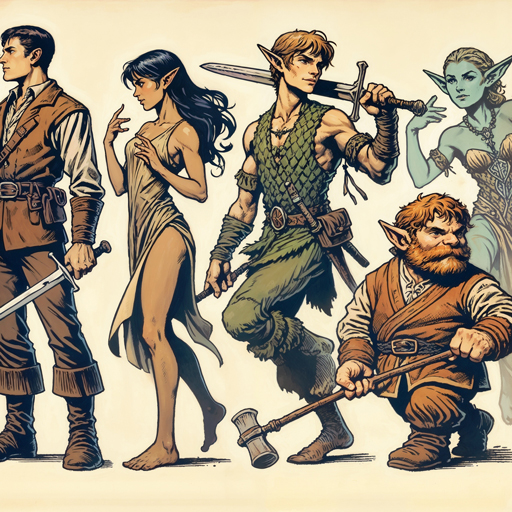
Humans
Humans are versatile and adaptable, with no racial adjustments to attributes. They can advance in any class and are known for their diversity and ingenuity.
Elves
Elves are graceful and dexterous, with bonuses to Dexterity and penalties to Constitution. They excel in magic and archery and have a natural resistance to charm and sleep spells.
Dwarves
Dwarves are sturdy and resilient, with bonuses to Constitution and penalties to Charisma. They are skilled in combat, especially against giants and goblinoids, and have a keen sense for detecting underground hazards.
Halflings
Halflings are nimble and stealthy, with bonuses to Dexterity and penalties to Strength. They are excellent scouts and thieves, with an uncanny ability to hide from danger.
-
Classes
Classes define the primary abilities and role of a character. OSRIC includes a variety of classes, such as:

-
Fighter
Fighters are skilled in combat and proficient with a wide range of weapons and armor. They excel in melee combat and can withstand substantial damage.
-
Magic-User
Magic-Users wield powerful spells, though they are physically weaker than other classes. They rely on their magical prowess to overcome challenges.
-
Cleric
Clerics are holy warriors who can cast divine spells and turn undead creatures. They serve as healers and protectors, wielding both magic and melee weapons.
-
Thief
Thieves excel in stealth, lockpicking, and detecting traps. They are agile and cunning, often relying on their skills to avoid direct confrontation.
-
Additional Classes
OSRIC also includes other classes such as Rangers, Paladins, Druids, and more, each with unique abilities and progression paths.
-
-
Attributes
Characters have six primary attributes: Strength, Dexterity, Constitution, Intelligence, Wisdom, and Charisma. These are determined by rolling dice and influence various aspects of gameplay.
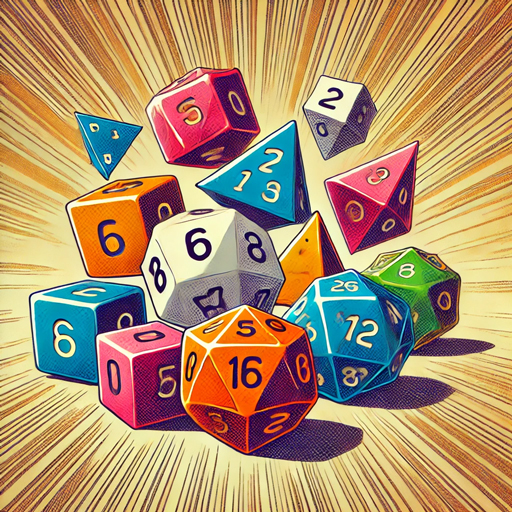
Roll 4d6, drop the lowest, and sum the remaining dice to determine each attribute score. Repeat this process for all six attributes.
Strength affects melee combat and carrying capacity.
Dexterity influences ranged combat, initiative, and armor class.
Constitution impacts hit points and resistance to fatigue and disease.
Intelligence determines the number of spells a Magic-User can learn and use.
Wisdom affects a Cleric's spellcasting ability and mental resilience.
Charisma influences interactions with NPCs and the ability to lead and inspire others.
-
Alignment
Alignment represents a character's moral and ethical perspective. OSRIC uses a nine-point alignment system ranging from Lawful Good to Chaotic Evil.
Lawful Good: Upholds order and strives for the greater good.
Neutral Good: Acts altruistically without bias towards order or chaos.
Chaotic Good: Fights for freedom and goodness, often defying authority.
Lawful Neutral: Adheres strictly to laws and traditions.
True Neutral: Maintains balance between all forces.
Chaotic Neutral: Values personal freedom above all else.
Lawful Evil: Uses order to achieve malicious goals.
Neutral Evil: Pursues self-interest with no regard for law or chaos.
Chaotic Evil: Seeks destruction and chaos for personal gain.
-
Equipment
Equip your character with weapons, armor, and gear essential for adventuring. Starting gold determines the initial equipment a character can afford.
Roll 3d6 and multiply the result by 10 to determine starting gold (in gold pieces).
Refer to the equipment list to purchase weapons, armor, and other gear within your budget.
Balance the need for offensive and defensive equipment, considering encumbrance and mobility.
-
Special Abilities
Each class and race grants specific abilities, such as spellcasting, thief skills, or racial bonuses. Ensure these are noted on your character sheet.
Document class-specific abilities, such as a Thief's backstab or a Cleric's turn undead.
Record racial abilities, such as an Elf's resistance to charm and sleep spells or a Dwarf's detection of underground hazards.
-
-
Game Mechanics
OSRIC's game mechanics are designed to provide a challenging and immersive experience. Key mechanics include:
-
Combat
Combat is turn-based, with each character and monster taking actions in initiative order. Factors like weapon speed, armor type, and terrain can influence combat outcomes.
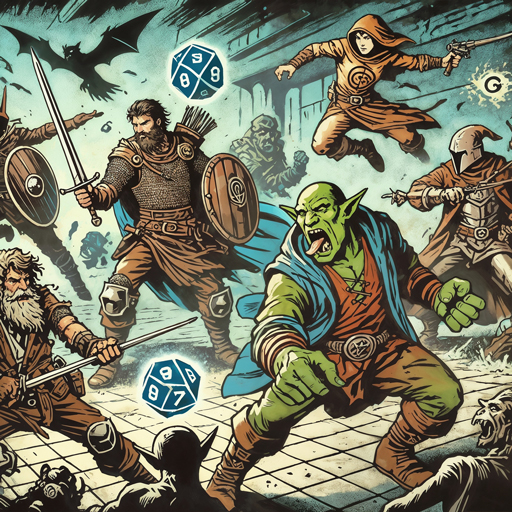
Initiative is determined by rolling a d6 at the start of combat. The character with the lowest roll acts first.
Characters can perform actions such as attacking, casting spells, moving, or using items on their turn.
Weapon speed and armor type can modify initiative rolls, affecting the order of actions.
Tactical positioning and the use of cover or terrain features can provide advantages in combat.
-
Magic
Magic in OSRIC is powerful and diverse. Magic-Users and Clerics can cast spells from extensive spell lists. Spells require preparation and have varying effects based on level and caster ability.
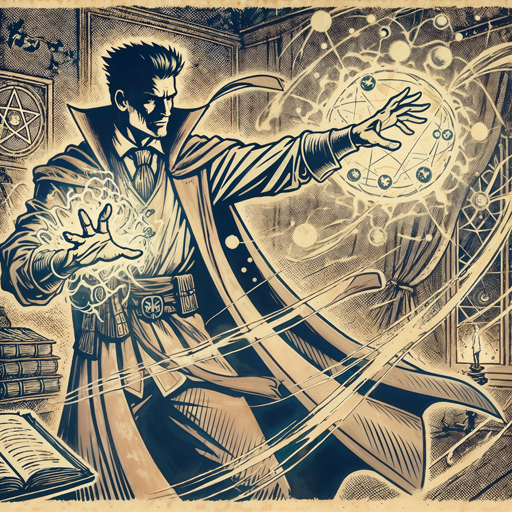
Magic-Users must prepare spells from their spellbook each day. Once cast, a spell cannot be used again until it is re-prepared.
Clerics receive their spells through prayer and divine favor. They prepare spells each day based on their level and wisdom.
Spells have a variety of effects, from dealing damage and healing to controlling minds and summoning creatures.
Spell components and casting times may be required for certain spells, adding a layer of strategy to their use.
-
Experience and Leveling Up
Characters gain experience points (XP) by defeating monsters and completing quests. XP is used to level up, improving attributes, abilities, and access to higher-level spells.
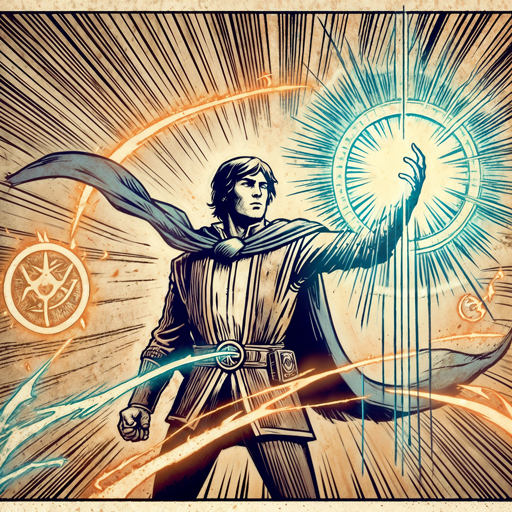
XP is awarded based on the difficulty of encounters and the completion of objectives.
When a character accumulates enough XP, they can level up, increasing their hit points, abilities, and combat effectiveness.
Leveling up often requires visiting a trainer and may involve spending gold or time in training.
-
Saving Throws
Characters must sometimes make saving throws to avoid or mitigate harmful effects. These are determined by rolling a d20 and comparing the result to a target number based on class and level.

Types of saving throws include saves versus poison, spells, breath weapons, and more.
Successful saving throws can reduce damage, negate effects, or prevent conditions such as paralysis or charm.
-
Non-Weapon Proficiencies
These represent skills and talents outside of combat, such as riding, swimming, and herbalism. They add depth and versatility to character abilities.
Non-weapon proficiencies are chosen during character creation and can be improved as the character levels up.
Examples include herbalism (for identifying plants and creating remedies), tracking (for following creatures), and appraising (for assessing the value of items).
-
-
Equipment and Treasures
OSRIC provides a comprehensive list of equipment, weapons, armor, and treasures. Key points include:
-
Weapons
Weapons have different damage ranges, weights, and special properties. Selecting the right weapon can be crucial for success in combat.
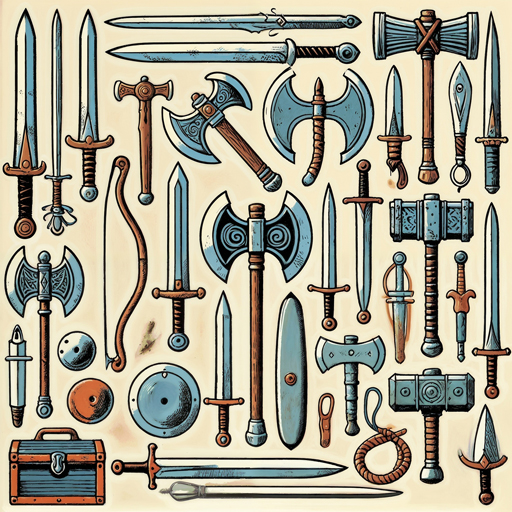
Common weapons include swords, axes, bows, and maces, each with unique damage and attributes.
Critical hits, damage types (e.g., slashing, piercing), and weapon speed are important factors in choosing a weapon.
-
Armor
Armor provides protection by reducing the chance of being hit. Different types of armor offer varying levels of defense and can impact movement and initiative.
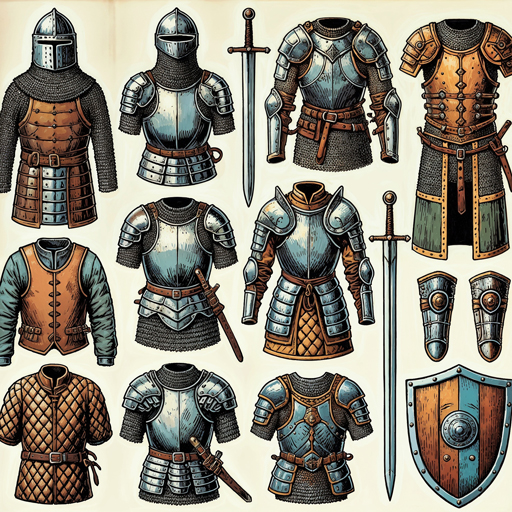
Light armor offers moderate protection and high mobility, while heavy armor provides better defense but reduces movement speed.
Armor types include leather, chainmail, plate, and shields, each with specific benefits and drawbacks.
-
Magical Items
Treasures often include magical items with unique powers. These can range from enchanted weapons and armor to artifacts with powerful spells and abilities.
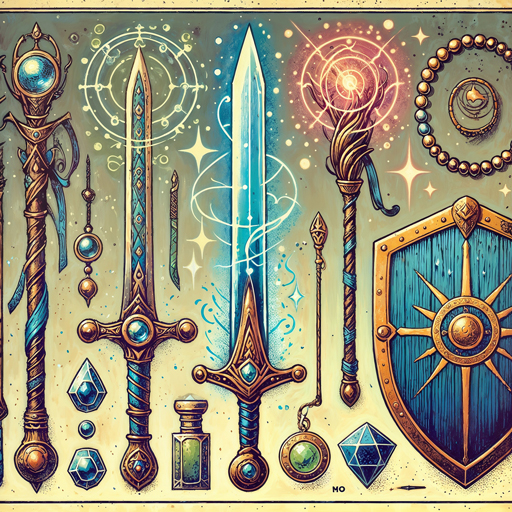
Examples of magical items include a Sword of Sharpness, a Cloak of Invisibility, and a Wand of Fireballs.
Magical items are often found in treasure hoards, guarded by powerful monsters or hidden in ancient ruins.
-
Managing Inventory and Encumbrance
Keeping track of equipment and managing encumbrance is vital for maintaining a character's mobility and effectiveness in adventuring.
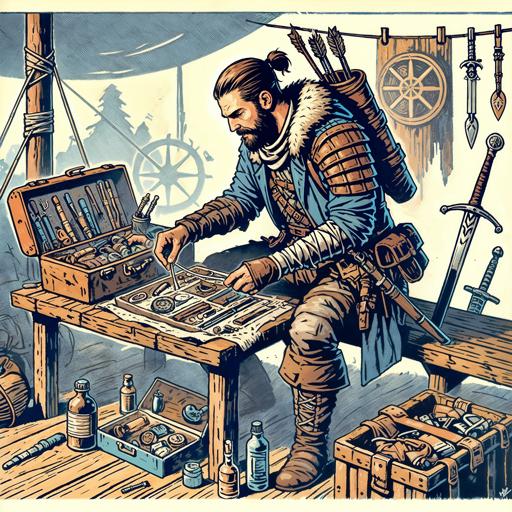
Encumbrance is calculated based on the weight of carried items and affects movement speed and combat readiness.
Balancing the need for necessary gear with the limitations of carrying capacity is a key aspect of gameplay.
-
-
Monsters and Encounters
OSRIC includes a vast bestiary of monsters, each with unique abilities and challenges. Encountering these creatures can be both dangerous and rewarding. Key aspects include:
-
Monster Types
Monsters are categorized into types such as Undead, Dragons, Giants, and Humanoids, each requiring different strategies to defeat.
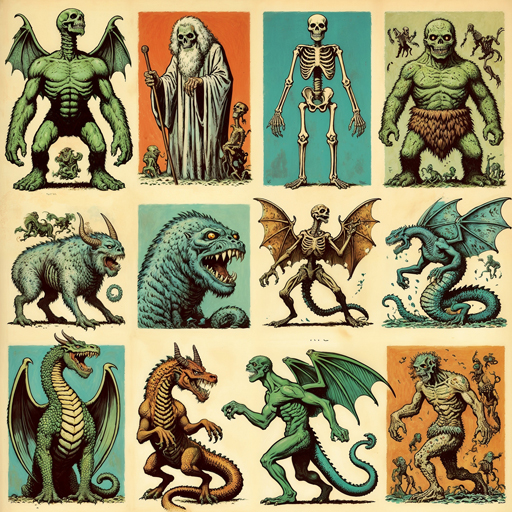
Undead creatures, like skeletons and zombies, are often vulnerable to holy magic and clerical turning.
Dragons are powerful foes with devastating breath weapons and vast treasure hoards.
Giants wield enormous strength and can be formidable opponents in combat.
-
Encounter Design
Encounters are designed to test the players' tactical skills and resource management. Game Masters (GMs) can create encounters that range from simple skirmishes to complex battles involving multiple foes.
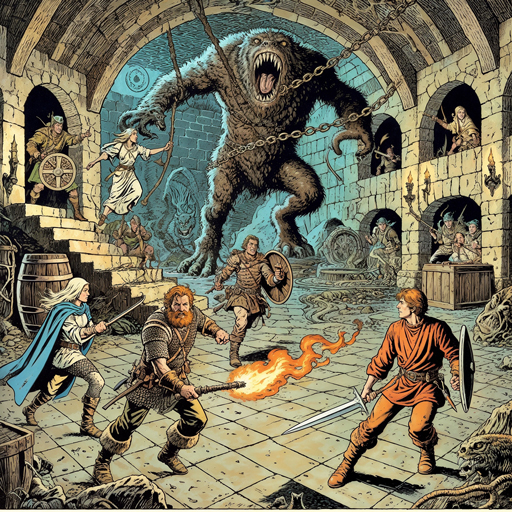
Balance encounters by considering the party's strength, experience, and resources.
Incorporate environmental hazards and traps to add complexity and challenge.
-
Tactical Considerations
Detail the importance of positioning, movement, and terrain in combat. Explain how to use the environment to gain tactical advantages. Discuss the role of teamwork and strategy in overcoming challenging encounters.
Positioning characters to maximize their strengths and minimize exposure to danger is crucial.
Utilize cover, elevation, and chokepoints to control the flow of battle.
Encourage players to develop strategies and tactics that leverage their characters' abilities and the environment.
-
-
Game Mastering
Being a DM in OSRIC involves more than just running the game. It includes world-building, storytelling, and adjudicating rules. Tips for effective game mastering:
-
Preparation
Provide tips for preparing adventures and campaigns. Discuss the importance of understanding the rules and having reference materials on hand. Explain how to create engaging storylines and memorable NPCs.
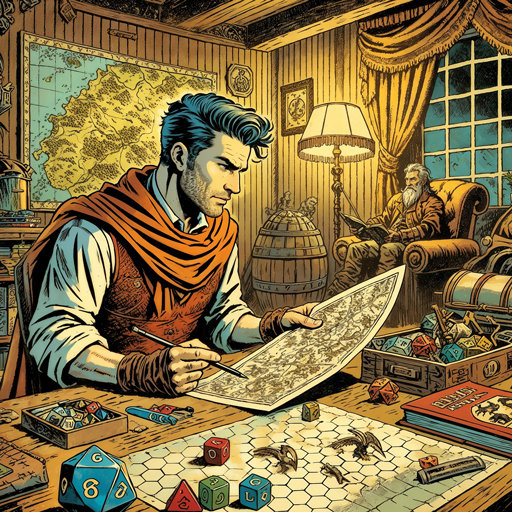
Prepare detailed adventure modules with clear objectives and challenges.
Develop a thorough understanding of the rules to ensure smooth gameplay.
Create vibrant NPCs with distinct personalities and motivations to enrich the story.
-
Flexibility
Emphasize the importance of being adaptable to player choices and actions. Provide strategies for improvising and adjusting the narrative on the fly.

Be prepared to adjust encounters and storylines based on player decisions.
Encourage player creativity and reward innovative solutions to challenges.
-
Fairness
Discuss the role of the DM in adjudicating rules fairly and consistently. Explain how to ensure all players have an equal opportunity to contribute and succeed.
Apply rules consistently to maintain game balance and player trust.
Ensure all players have opportunities to shine and contribute to the group's success.
-
-
Advanced Topics
For experienced players and DMs, OSRIC offers advanced topics and optional rules to enhance gameplay. These include:
-
Variant Rules
Provide examples of variant rules for combat, magic, and character development. Explain how to implement and test variant rules in a campaign.
Experiment with rules for critical hits, spell variants, and custom character abilities.
Test variant rules in one-shot sessions or side quests to gauge their impact on gameplay.
-
Campaign Design
Discuss the principles of designing long-term campaigns, including world-building and plot development. Provide tips for creating overarching storylines and integrating player backstories.

Develop a rich, detailed world with a consistent internal logic and history.
Create overarching plots that provide a sense of progression and accomplishment.
Integrate player backstories into the main plot to enhance player engagement and investment.
-
House Rules
Explain the benefits of implementing house rules to suit the play style of your group. Provide examples of common house rules and how they can enhance gameplay.
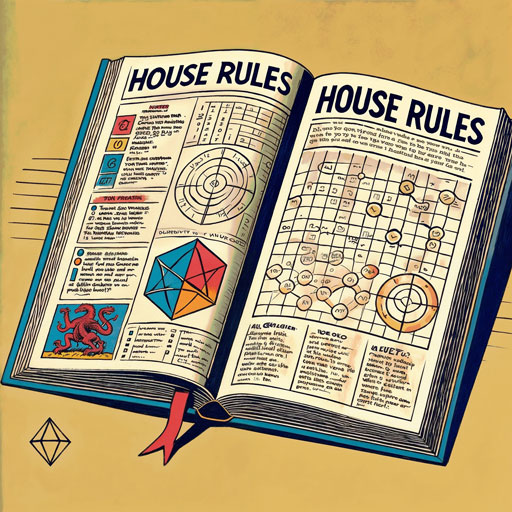
Customize rules to better fit the preferences and play styles of your group.
Common house rules include adjustments to XP distribution, encounter difficulty, and spellcasting mechanics.
-
Resources
List additional resources for further reading, such as rulebooks, online forums, and community websites. Provide links to OSRIC-related content, including official documentation and fan-made materials.
OSRIC official documentation and rulebooks
Online forums and communities for OSRIC players and DMs
Fan-made adventures, modules, and resources to enhance gameplay
-
Conclusion and Adaptation
While Creatures & Chronicles draws heavily from the OSRIC ruleset, it is not a direct adaptation. The game incorporates elements and inspirations from AD&D 2nd edition and includes a variety of house rules to enhance the gameplay experience. These modifications create a unique blend of classic RPG mechanics and modern enhancements, tailored to the specific needs and vision of Creatures & Chronicles.
Key Differences from OSRIC
Armour and Weapon Mechanics
In Creatures & Chronicles, armour and weapons are categorized by attack types: Piercing, Slashing, and Bludgeoning. Each type of armour handles these attack types differently, providing a strategic layer to equipment selection and combat tactics.
This system ensures that players must consider the type of damage their weapons inflict and choose their armour accordingly to maximize their defensive capabilities.
Food and Energy Consumption
Characters in Creatures & Chronicles must manage their food and water consumption to maintain their energy levels. Insufficient sustenance will limit movement and eventually lead to a loss of hit points (HP) until the character starves and dies.
This survival aspect adds a layer of realism and strategic planning, requiring players to balance their resources and ensure their party is well-provisioned for their adventures.
Experience Points and Treasure
Unlike OSRIC, where experience points (XP) can be earned from acquiring gold and treasure, Creatures & Chronicles awards XP only for combat-oriented deeds. This focus ensures that characters are rewarded for their bravery and skill in battle.
The XP earned from combat is shared among all participants remaining on the map when combat ends, promoting teamwork and collaboration within the party.
Embracing the OSRIC Spirit
Despite these differences, Creatures & Chronicles remains true to the spirit of OSRIC and old-school role-playing games. The game's emphasis on strategic combat, immersive storytelling, and character progression reflects the core principles of classic RPGs. By blending OSRIC's comprehensive ruleset with innovative mechanics and house rules, Creatures & Chronicles offers a fresh yet nostalgic gaming experience for both new and seasoned players.
Final Thoughts
Creatures & Chronicles is a testament to the enduring appeal of classic tabletop RPGs. By integrating elements from OSRIC, AD&D 2nd edition, and original house rules, the game provides a rich and engaging framework for players to explore, strategize, and immerse themselves in a fantastical world. Whether you are a veteran of old-school RPGs or a newcomer eager to embark on your first adventure, Creatures & Chronicles promises a captivating and rewarding journey.